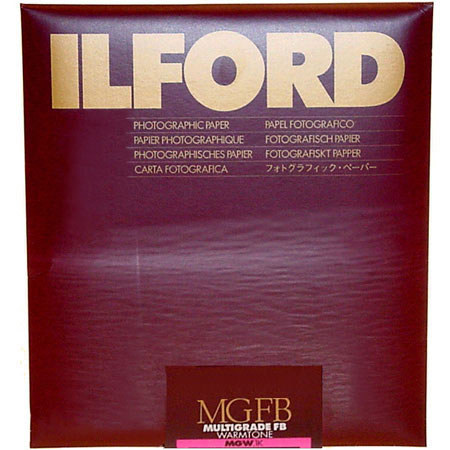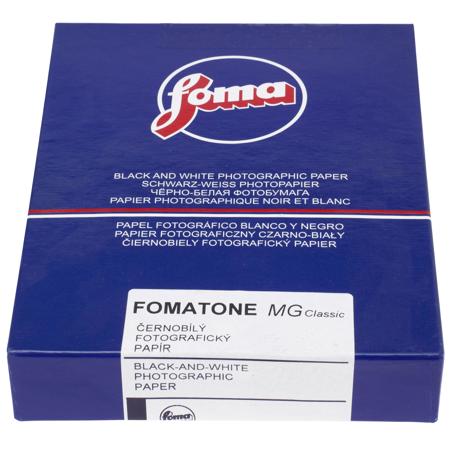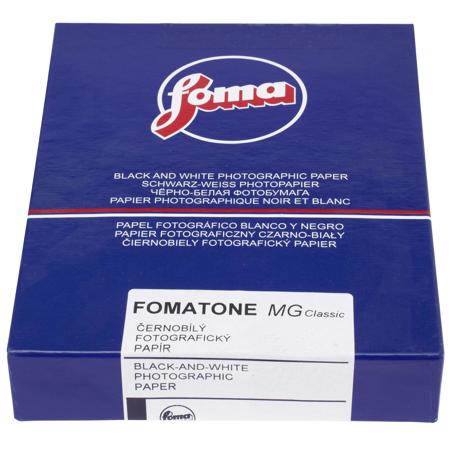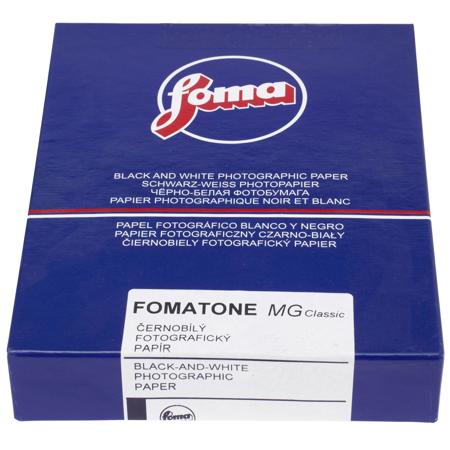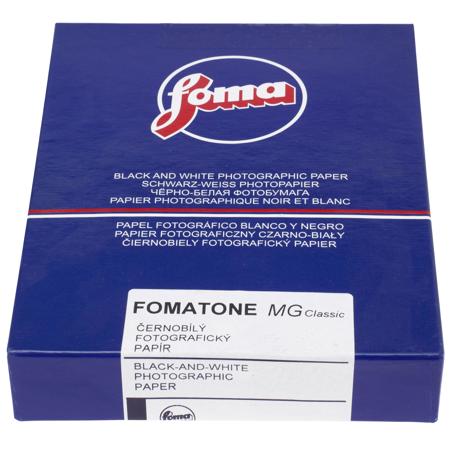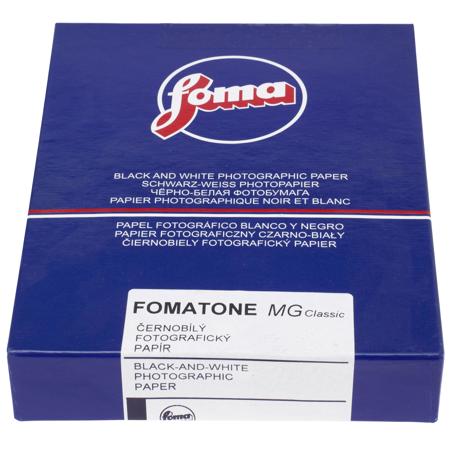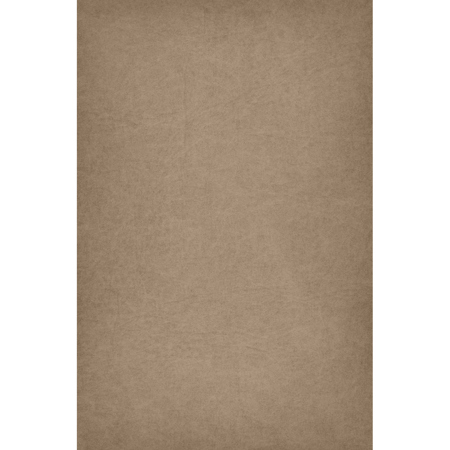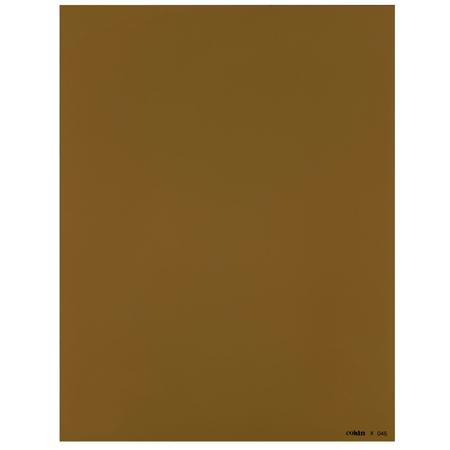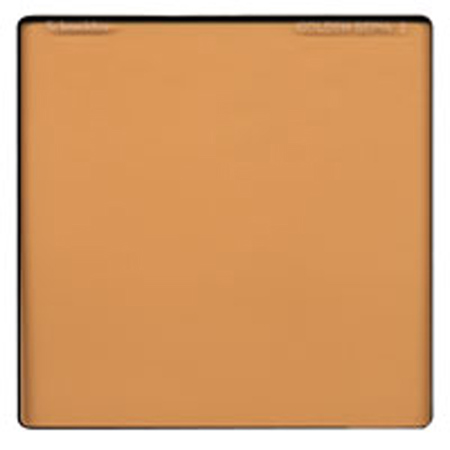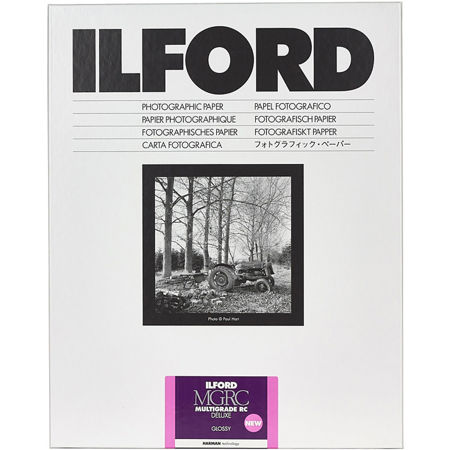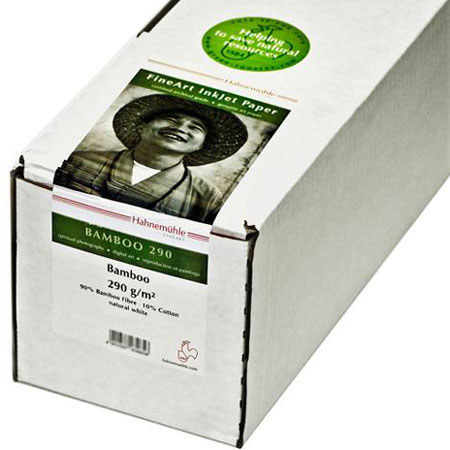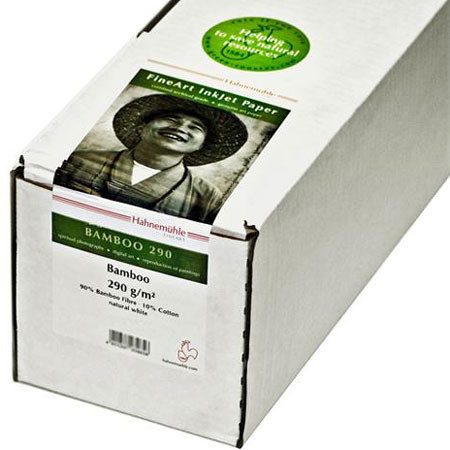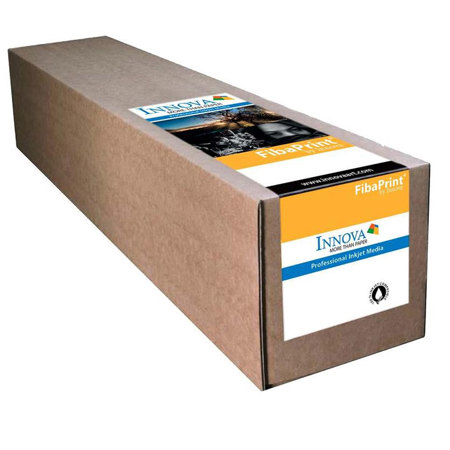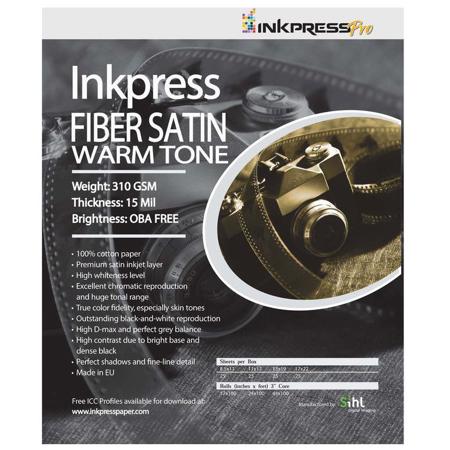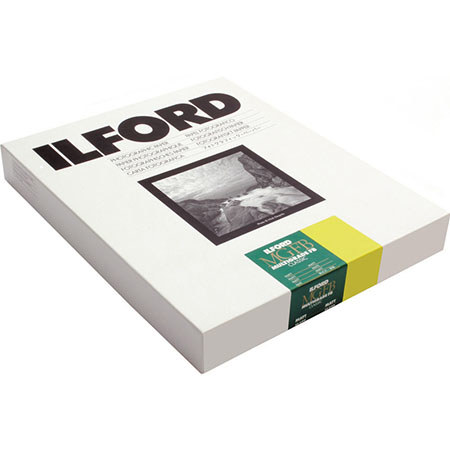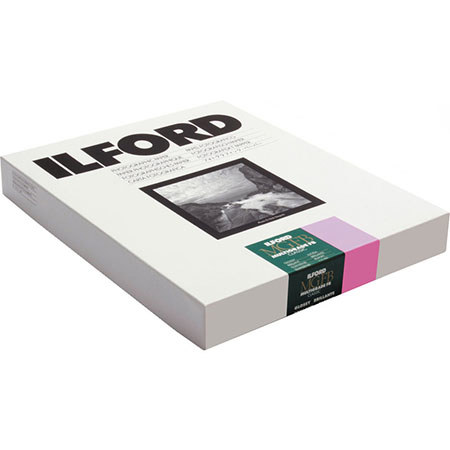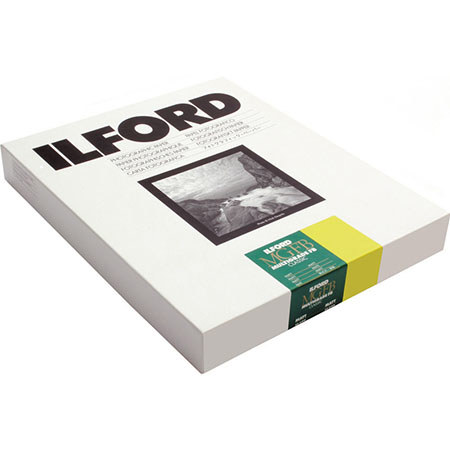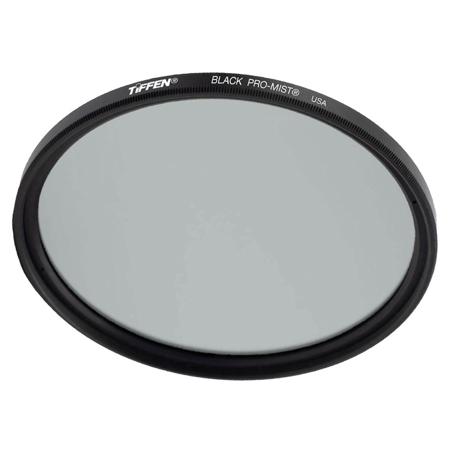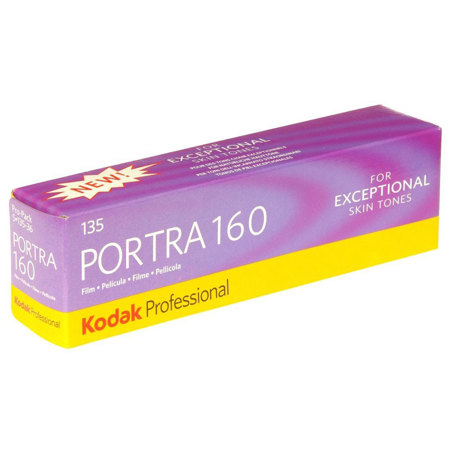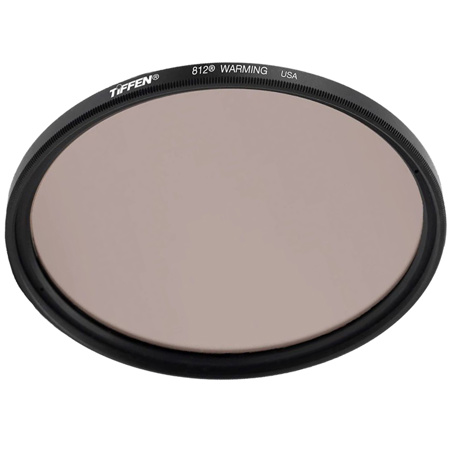Sepia Tone Photography
Sepia tone photography has a unique ability to bridge the gap between past and present, offering images that feel both timeless and evocative. Whether you’re a seasoned photographer or just starting your creative journey, exploring sepia tones can add a new dimension to your portfolio. The characteristic warm, reddish-brown hues of sepia evoke nostalgia, reminiscent of early 20th-century portraiture and landscapes. This aesthetic, once achieved through intricate darkroom chemistry, is now accessible to anyone with the right tools—be it film, digital cameras, or editing software. As the autumn season unfurls its golden palette, many photographers find inspiration in the soft, earthy tones of October, using sepia to echo the mood of falling leaves and fading daylight. For those considering adding sepia tone photography to their repertoire, it’s worth thinking about the type of camera and lens that best suit your vision. Classic film cameras paired with black-and-white or specialty films are ideal for those who appreciate traditional methods and hands-on processes, while digital cameras with manual controls and robust editing options offer flexibility for those who prefer to experiment with filters and post-processing.
Choosing the right equipment for sepia tone photography depends on your creative goals and workflow preferences. If you enjoy the tactile experience of film, consider cameras and accessories that support high-quality monochrome or sepia-ready film stocks. Film enthusiasts often delight in the ritual of developing prints by hand, savoring the anticipation as images emerge with that signature warm tint. For digital photographers, software and editing tools are essential; look for gear that delivers sharp, detailed RAW files, which provide the best foundation for sepia conversion in programs like Lightroom or Photoshop. Lenses with wide apertures are especially popular for portraiture, allowing you to create soft backgrounds and highlight the rich, subtle gradations of sepia tones. Sepia tone prints make thoughtful gifts, especially as the holiday season approaches—imagine presenting a family portrait or a cherished memory, rendered in the enduring style of a bygone era. These images are not only beautiful to display at home, but they also serve as meaningful keepsakes, treasured by recipients of all ages. For those inspired by the look of historic photographs, exploring sepia tone can be a way to connect with the artistry of earlier generations while expressing your own creative vision.
Beyond cameras and lenses, consider the role of lighting and printing in achieving the perfect sepia effect. Natural light during the golden hours of autumn can enhance the warmth and depth of sepia images, while studio lighting allows for precise control over tones and shadows. High-quality printers, archival paper, and specialized inks ensure that your sepia-toned prints retain their beauty for years to come, resisting fading and environmental damage—just as traditional sepia prints were prized for their durability. Whether you’re capturing candid street scenes, serene landscapes, or expressive portraits, the right combination of gear and technique will help you bring your sepia vision to life. If you’re interested in film options specifically designed for portraiture, you can explore a curated selection at Portrait Photography Film. Embracing sepia tone photography is more than just a stylistic choice—it’s an invitation to tell stories that resonate across generations, infusing each frame with warmth, emotion, and a sense of history that never goes out of style.
Choosing the right equipment for sepia tone photography depends on your creative goals and workflow preferences. If you enjoy the tactile experience of film, consider cameras and accessories that support high-quality monochrome or sepia-ready film stocks. Film enthusiasts often delight in the ritual of developing prints by hand, savoring the anticipation as images emerge with that signature warm tint. For digital photographers, software and editing tools are essential; look for gear that delivers sharp, detailed RAW files, which provide the best foundation for sepia conversion in programs like Lightroom or Photoshop. Lenses with wide apertures are especially popular for portraiture, allowing you to create soft backgrounds and highlight the rich, subtle gradations of sepia tones. Sepia tone prints make thoughtful gifts, especially as the holiday season approaches—imagine presenting a family portrait or a cherished memory, rendered in the enduring style of a bygone era. These images are not only beautiful to display at home, but they also serve as meaningful keepsakes, treasured by recipients of all ages. For those inspired by the look of historic photographs, exploring sepia tone can be a way to connect with the artistry of earlier generations while expressing your own creative vision.
Beyond cameras and lenses, consider the role of lighting and printing in achieving the perfect sepia effect. Natural light during the golden hours of autumn can enhance the warmth and depth of sepia images, while studio lighting allows for precise control over tones and shadows. High-quality printers, archival paper, and specialized inks ensure that your sepia-toned prints retain their beauty for years to come, resisting fading and environmental damage—just as traditional sepia prints were prized for their durability. Whether you’re capturing candid street scenes, serene landscapes, or expressive portraits, the right combination of gear and technique will help you bring your sepia vision to life. If you’re interested in film options specifically designed for portraiture, you can explore a curated selection at Portrait Photography Film. Embracing sepia tone photography is more than just a stylistic choice—it’s an invitation to tell stories that resonate across generations, infusing each frame with warmth, emotion, and a sense of history that never goes out of style.
